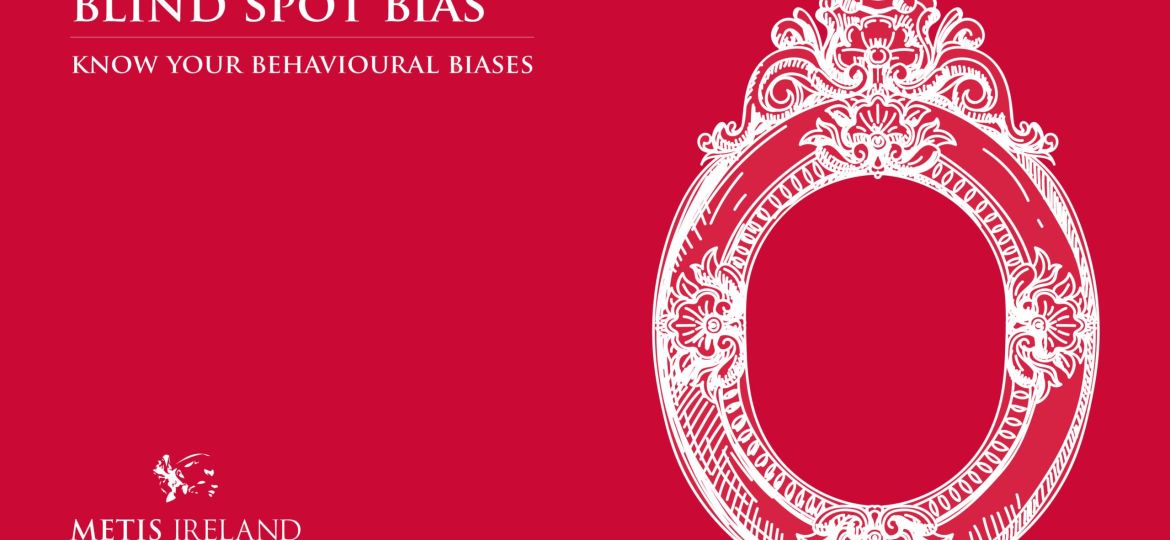
The late, great Jack Bogle said many a sensible thing about investing – maybe none more disarmingly straightforward than “the math is the math, and I think the mathematics are inarguable”.
He was right of course – a few key formulae underpin the theory and practice of investment (although understanding them and applying them effectively takes a bit of practice). There’s luck involved too and we can’t see into the future, so we can’t predict the unknown. But one of the key dangers to successful investing and meeting our goals isn’t an external factor at all, it lies within us.
As humans, the instincts we’re born with and the personality traits we develop can be helpful for getting through life, but the complex web of idiosyncrasies that each of us develops can do harm as well as good. We’re talking about biases – the ways in which our brains filter and process information that can skew the financial decisions we make and the results we end up with.
In this series, we’ll explore all 17 (yes, 17) types of behavioural bias. Knowing what they look like means you can spot them. Even if you can’t remove them completely, at least you’ll be more aware of them.
Behavioural Bias #2 – Blind Spot Bias
What we call ‘Blind spot bias’ is probably the least opaque sounding of all the biases we’ll cover. There are many types of blind spot in everyday life – not being able to see the cyclist just behind your passenger side, the two glasses of wine you neglected to include in your calorie counting, the way you listen to someone else’s problems then respond by talking about yourself.
Those are diverse examples, but they have a common component – a factor that you’re unaware of, or aren’t paying enough attention to, that could lead to an unexpected, unwelcome, even dangerous result.
You can point out blind spots in other people (in fact you probably do) but you can’t see your own. While many of us will happily identify deficiencies in friends and colleagues, including their behavioural biases, it’s surprisingly easy to be completely oblivious to our personal shortcomings.
When is it helpful?
Our brains spend most of the day directing information to the spam folder. If they didn’t, we’d never get out of the house. In the same way, if we spent every waking moment analysing our failings and imperfections, we’d never have the confidence, or the time, to achieve anything. Our blind spot bias gives us a kind of tunnel vision that lets us get on with life. It helps us to tell ourselves “I can do this”, even if others may have their doubts.
When is it harmful?
The problem is that this blinkering can go too far, when it blinds us to faults that we really ought to be aware of. As we’ll see over the course of this series, it’s hard enough to root out all our deep-seated biases once we’re aware of them, let alone the ones we remain blind to.
In his international bestseller ‘Thinking, Fast and Slow’, Daniel Kahneman notes “We are often confident even when we are wrong, and an objective observer is more likely to detect our errors than we are.”
Overconfidence can lead us to make investment decisions that don’t add up. It’s the kind of thing that leads to attempts to ‘beat the market’ which, to go back to the wisdom of Jack Bogel and others like Warren Buffett, doesn’t really work.
That’s not to say investors can’t build a solid appreciation of investing practice – what it means is that a second opinion from an independent advisor can be very useful. An objective view from a seasoned professional, who can value your financial ambitions, while sitting removed from them, is what makes the difference between spotting or missing the behavioural biases that might be at work.
Read Part 3: Confirmation Bias →
Keep bias at bay
It’s surprising how hard it can be to simply let things be. Knowing why we react in the ways we do is the first step to avoiding the counterintuitive actions that can damage what we set out to achieve with our investments.
You can download Making Better Decisions: Know Your Behavioural Biases in full today.
Carl Widger
Co-Founder & Director
Email: cwidger@metisireland.ie
Disclaimer
Metis Ireland Financial Planning Ltd t/a Metis Ireland is regulated by the Central Bank of Ireland.
All content provided in these blog posts is intended for information purposes only and should not be interpreted as financial advice. You should always engage the services of a fully qualified financial adviser before entering any financial contract. Metis Ireland Financial Planning Ltd t/a Metis Ireland will not be held responsible for any actions taken as a result of reading these blog posts.

















